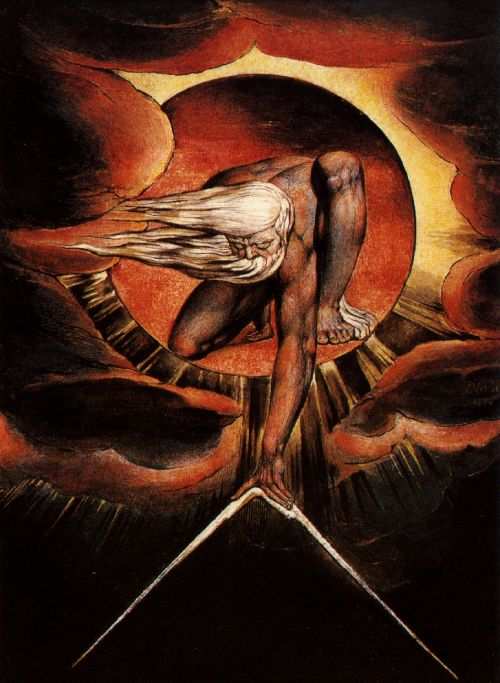Purim and Narratives
This past weekend, some Jews observed Purim with food, drink, costumes, gifts of food, charitable donations and hearing the Book of Esther. Purim commemorates events described in that book, principally the intervention of a Jewish royal concubine to foil a plot to exterminate Jews in the Persian Empire and the Jews in turn slaying the would be exterminators. The story is apocryphal, although it may have echoed incidents of inter-ethnic violence in the Persian Empire as well as steamy Persian romances. Despite this, the book's failure to mention God and the heroine's sexual conduct, the Rabbis of the first century C.E. readily included it in the Bible. Perhaps Purim by then was too popular a holiday for them to do otherwise.
Like other carnival days, Purim, as the story suggests,celebrates reversals of fortune: the lowly can pretend to be royal; the down-trodden rulers; the poor rich. It encourages conduct disparaged at other times, like public drinking and mocking the powerful. There is also a darker side to the holiday: a call to vendetta. The Rabbis highlighted that by associating with Purim the Torah's account of the Amalek tribe's attack on the Jews who followed Moses in the desert. The Torah passage enjoins Jews to remember the episode and annihilate descendants of Amalek. According to Midrash, Haman, the Persian plotter against the Jews, was one such descendant, and according to some commentators, every generation has an Amelek avatar. In short, Purim was a round in a trans-historical vendetta.
The Likud and Religious Zionist versions of the Israel national narrative are anchored in such bedrock. It explains the evil of the enemies who beset Israel and Israel's obligation to fight back, without reliance on supernatural help or negotiations. So it was not unexpected to hear vendetta thinking in the eulogy for the eight Jerusalem yeshiva students gunned down by a Palestinian at the beginning of the Hebrew month Adar, two weeks before Purim. The head of the yeshiva, who delivered the eulogy, first characterized the killings as a continuation of the 1929 massacre of religious Jews in Hebron by local Arabs. He then labeled the killer and his cohorts as Amalek and castigated the Israel government for trying to negotiate with such people on the basis of territorial division. Present political exigencies and metaphysical, eternal struggles were seamlessly fused in his speech, at least for the well versed in his audience.
Other narratives in Israel have diluted this vendetta thinking by treating Jewish achievements and tragedies as history rather than sacred struggles, dismissing Amalek along with most of the Bible as a dead letter and treating Purim as pure carnival. Some folks, troubled by the vengeful message of the holiday, have muted its celebration or ignored it altogether. The philosopher and educator Ernst Simon took another approach to its celebration. He was an observant Jew, but along with Martin Buber and Judah Magnes, he advocated a bi-national state for Jews and Arabs in Palestine. Simon reportedly would spend the usual day of Purim (Adar 14) in Jerusalem, where people celebrate on the following day (Adar 15). Then as night and the start of celebrations in Jerusalem approached, he left for Tel Aviv, where the celebration was ending.
Like other carnival days, Purim, as the story suggests,celebrates reversals of fortune: the lowly can pretend to be royal; the down-trodden rulers; the poor rich. It encourages conduct disparaged at other times, like public drinking and mocking the powerful. There is also a darker side to the holiday: a call to vendetta. The Rabbis highlighted that by associating with Purim the Torah's account of the Amalek tribe's attack on the Jews who followed Moses in the desert. The Torah passage enjoins Jews to remember the episode and annihilate descendants of Amalek. According to Midrash, Haman, the Persian plotter against the Jews, was one such descendant, and according to some commentators, every generation has an Amelek avatar. In short, Purim was a round in a trans-historical vendetta.
The Likud and Religious Zionist versions of the Israel national narrative are anchored in such bedrock. It explains the evil of the enemies who beset Israel and Israel's obligation to fight back, without reliance on supernatural help or negotiations. So it was not unexpected to hear vendetta thinking in the eulogy for the eight Jerusalem yeshiva students gunned down by a Palestinian at the beginning of the Hebrew month Adar, two weeks before Purim. The head of the yeshiva, who delivered the eulogy, first characterized the killings as a continuation of the 1929 massacre of religious Jews in Hebron by local Arabs. He then labeled the killer and his cohorts as Amalek and castigated the Israel government for trying to negotiate with such people on the basis of territorial division. Present political exigencies and metaphysical, eternal struggles were seamlessly fused in his speech, at least for the well versed in his audience.
Other narratives in Israel have diluted this vendetta thinking by treating Jewish achievements and tragedies as history rather than sacred struggles, dismissing Amalek along with most of the Bible as a dead letter and treating Purim as pure carnival. Some folks, troubled by the vengeful message of the holiday, have muted its celebration or ignored it altogether. The philosopher and educator Ernst Simon took another approach to its celebration. He was an observant Jew, but along with Martin Buber and Judah Magnes, he advocated a bi-national state for Jews and Arabs in Palestine. Simon reportedly would spend the usual day of Purim (Adar 14) in Jerusalem, where people celebrate on the following day (Adar 15). Then as night and the start of celebrations in Jerusalem approached, he left for Tel Aviv, where the celebration was ending.


0 Comments:
Post a Comment
<< Home